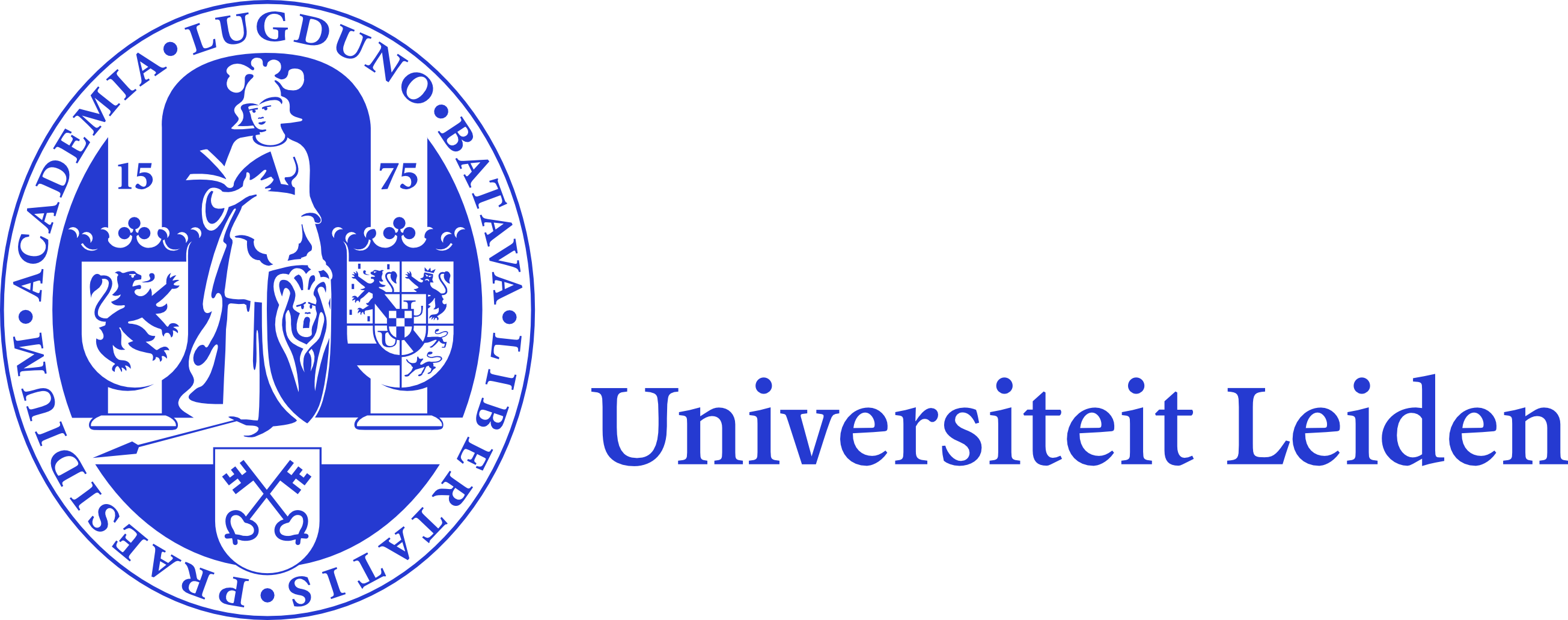Abstract
The causes of gender bias favoring men in scientific and scholarly systems are complex and related to overall gender relationships in most of the countries of the world. An as yet unanswered question is whether in research publication gender bias is equally distributed over scientific disciplines and fields or if that bias reflects a closer relation to the subject matter. We expected less gender bias with respect to subject matter, and so analysed 14 journals of gender studies using several methods and indicators. The results confirm our expectation: the very high position of women in co-operation is striking; female scientists are relatively overrepresented as first authors in articles. Collaboration behaviour in gender studies differs from that of authors in PNAS. The pattern of gender studies reflects associations between authors of different productivity, or “masters” and “apprentices” but the PNAS pattern reflects associations between authors of roughly the same productivity, or “peers”. It would be interesting to extend the analysis of these three-dimensional collaboration patterns further, to see whether a similar characterization holds, what it might imply about the patterns of authorship in different areas, what those patterns might imply about the role of collaboration, and whether there are differences between females and males in collaboration patterns.

 News & Announcements
News & Announcements
 Announcements on Twitter
Announcements on Twitter ACUMEN on Mendeley
ACUMEN on Mendeley








